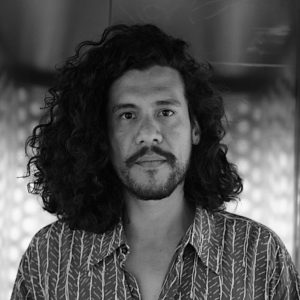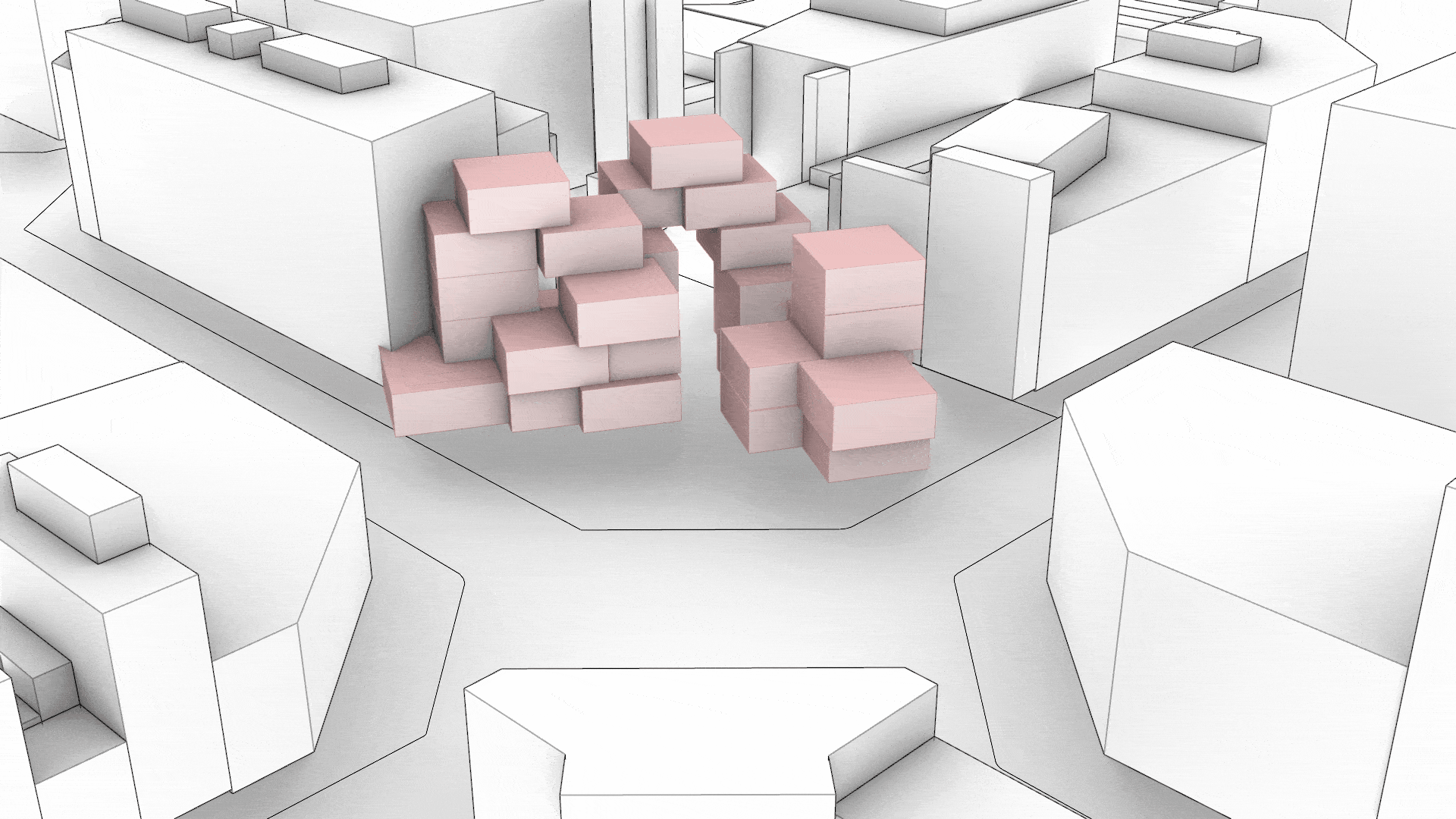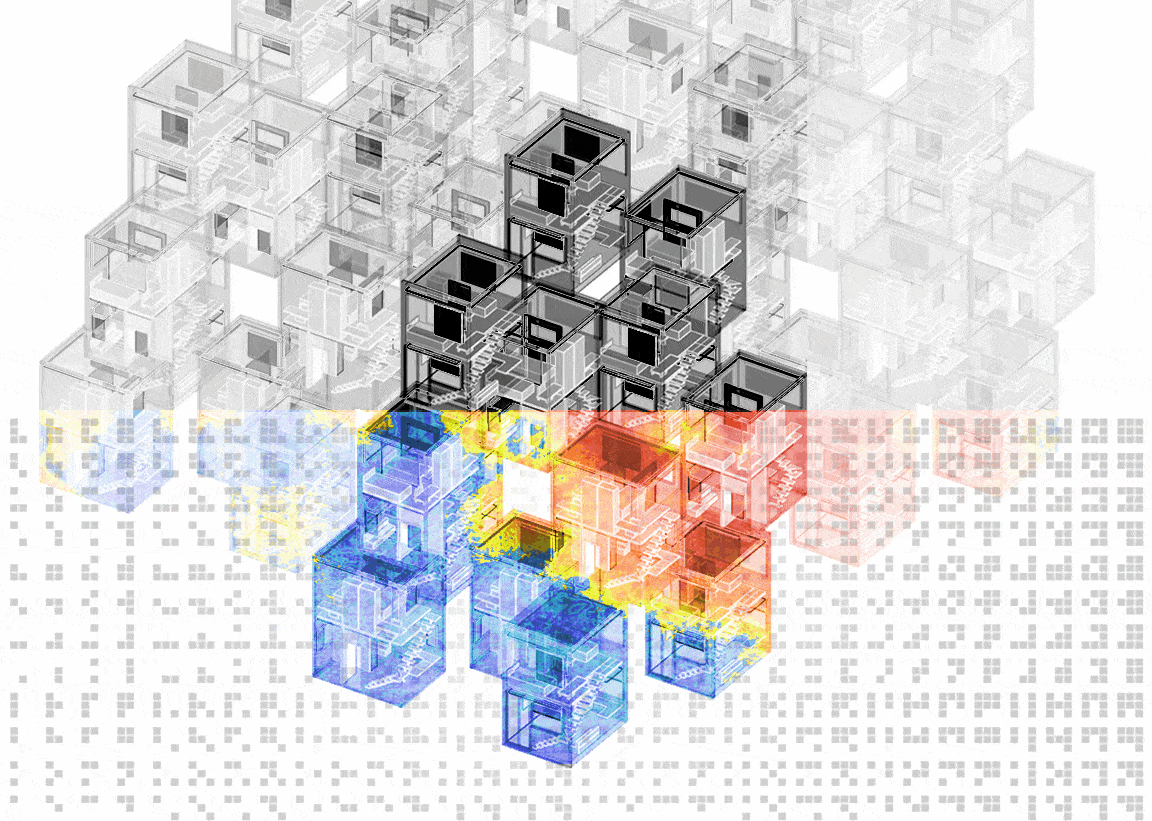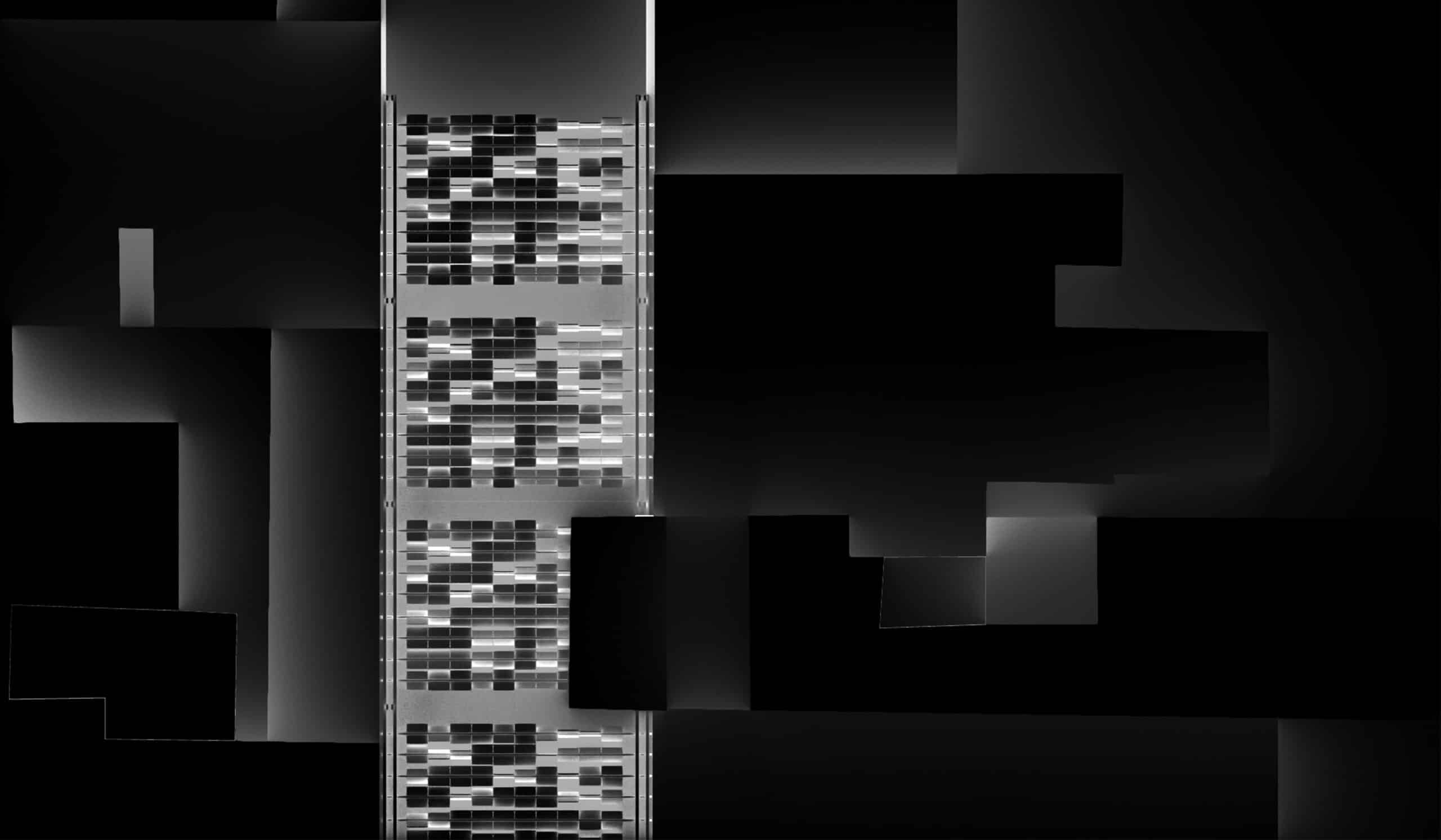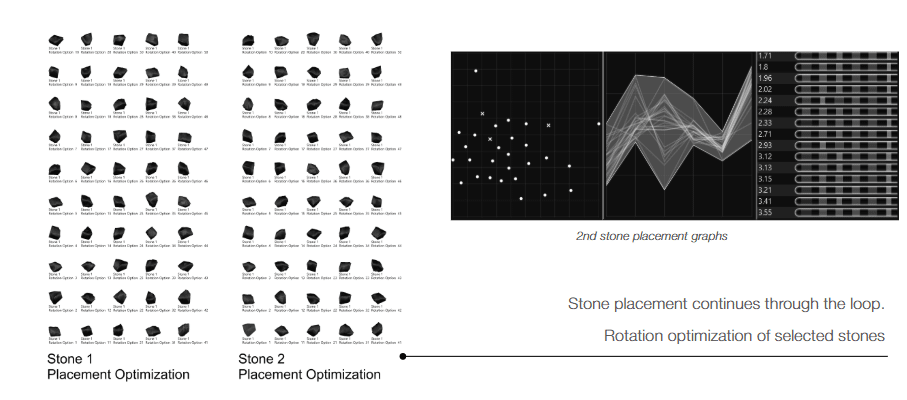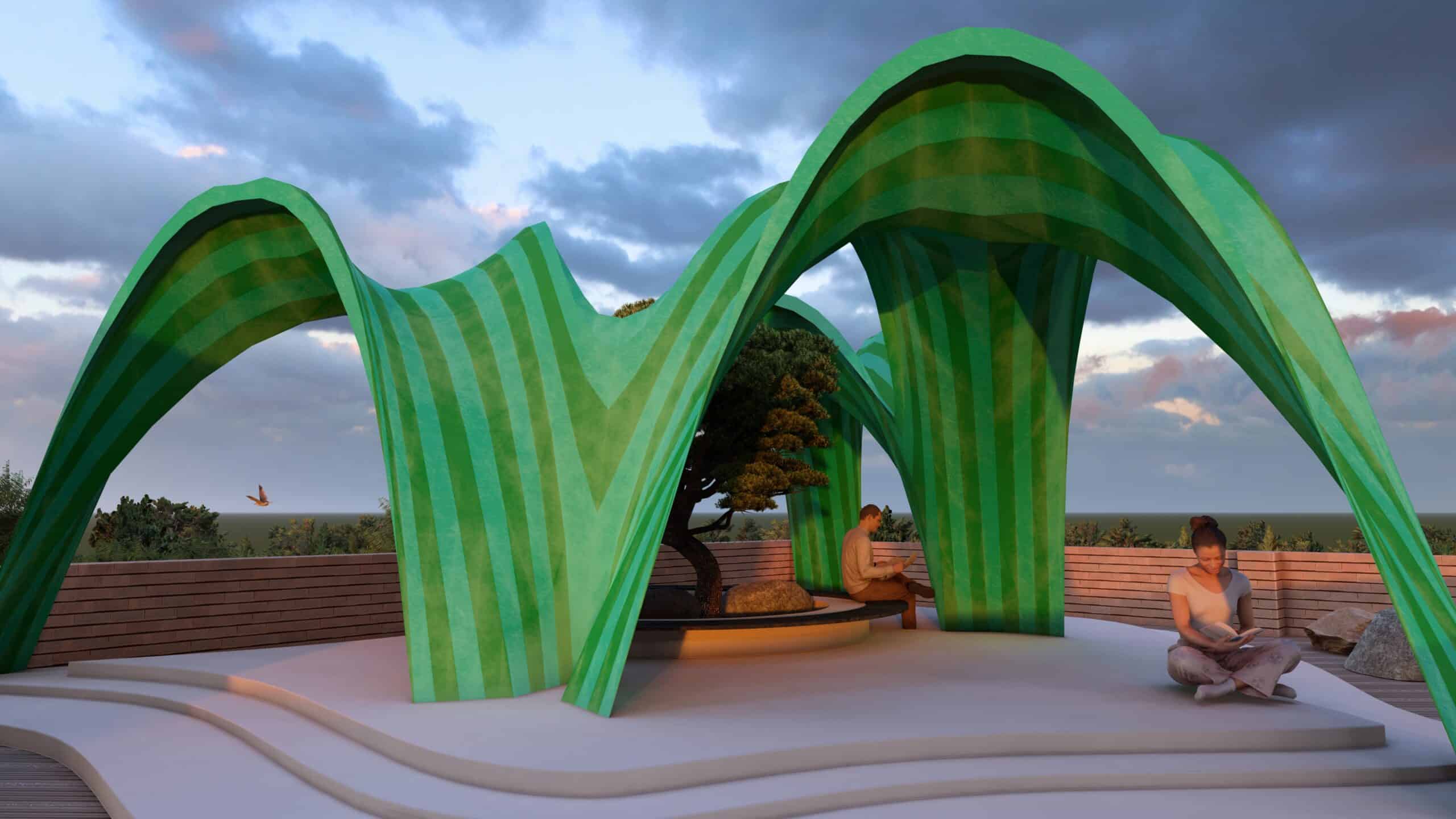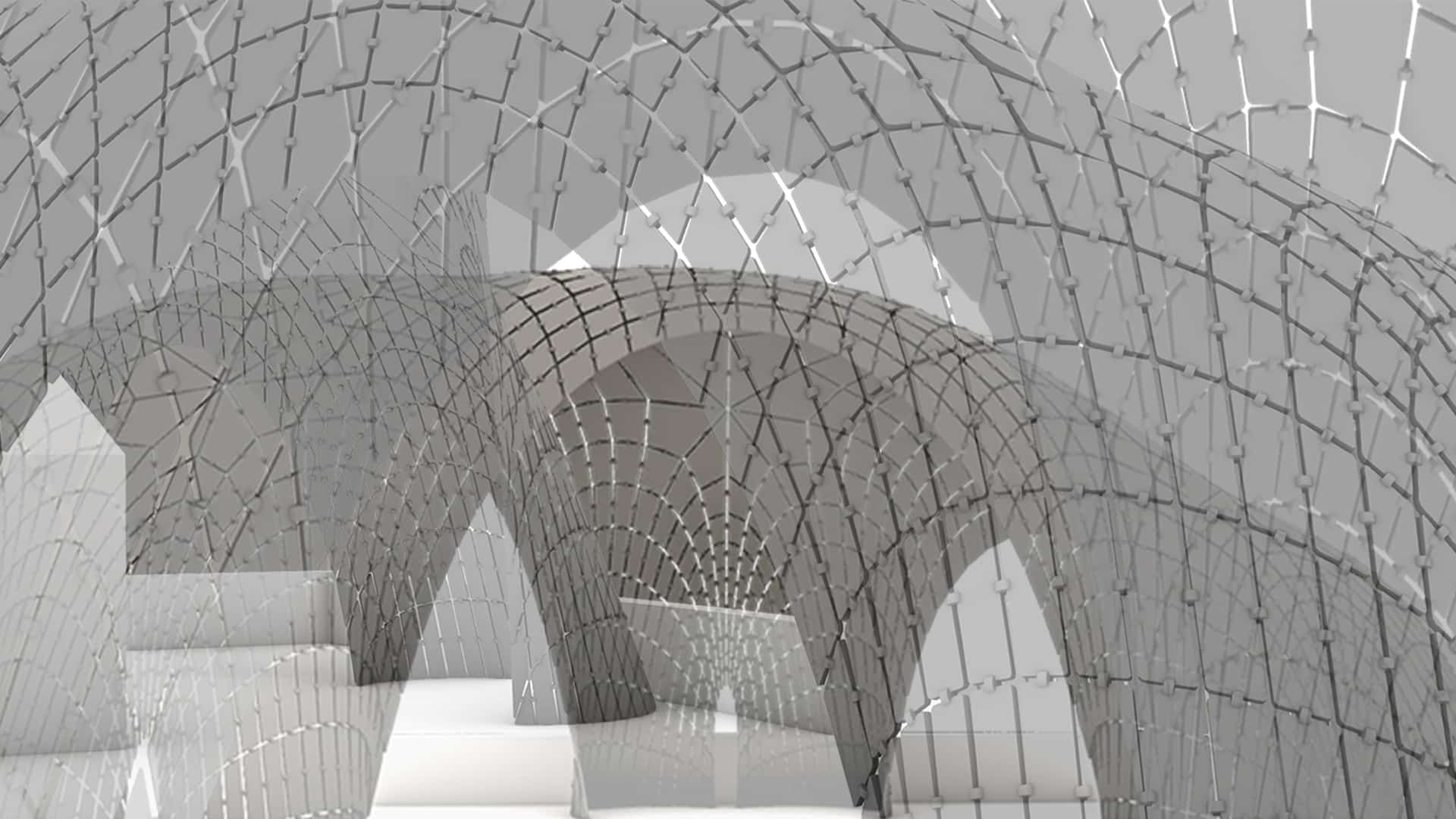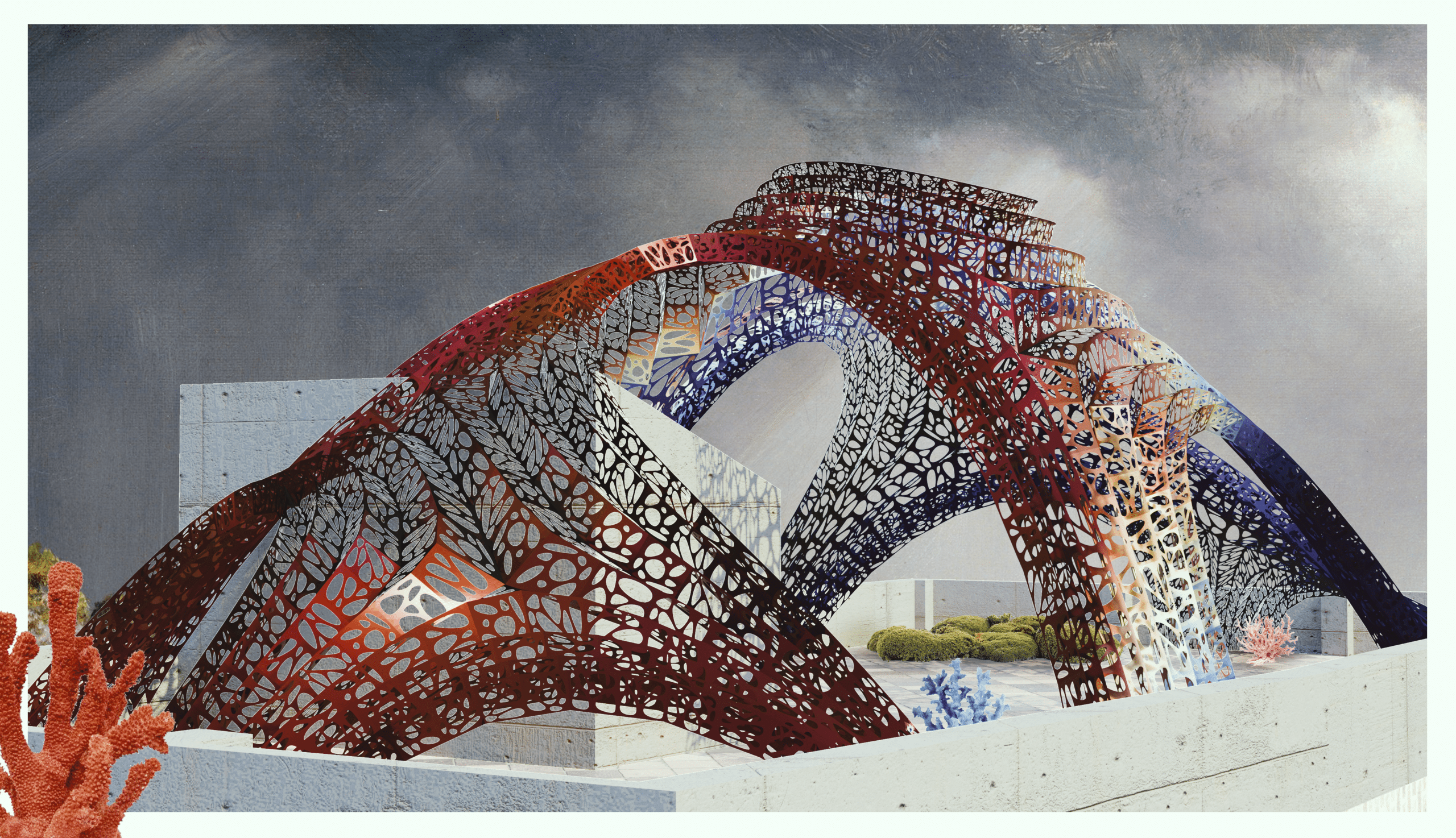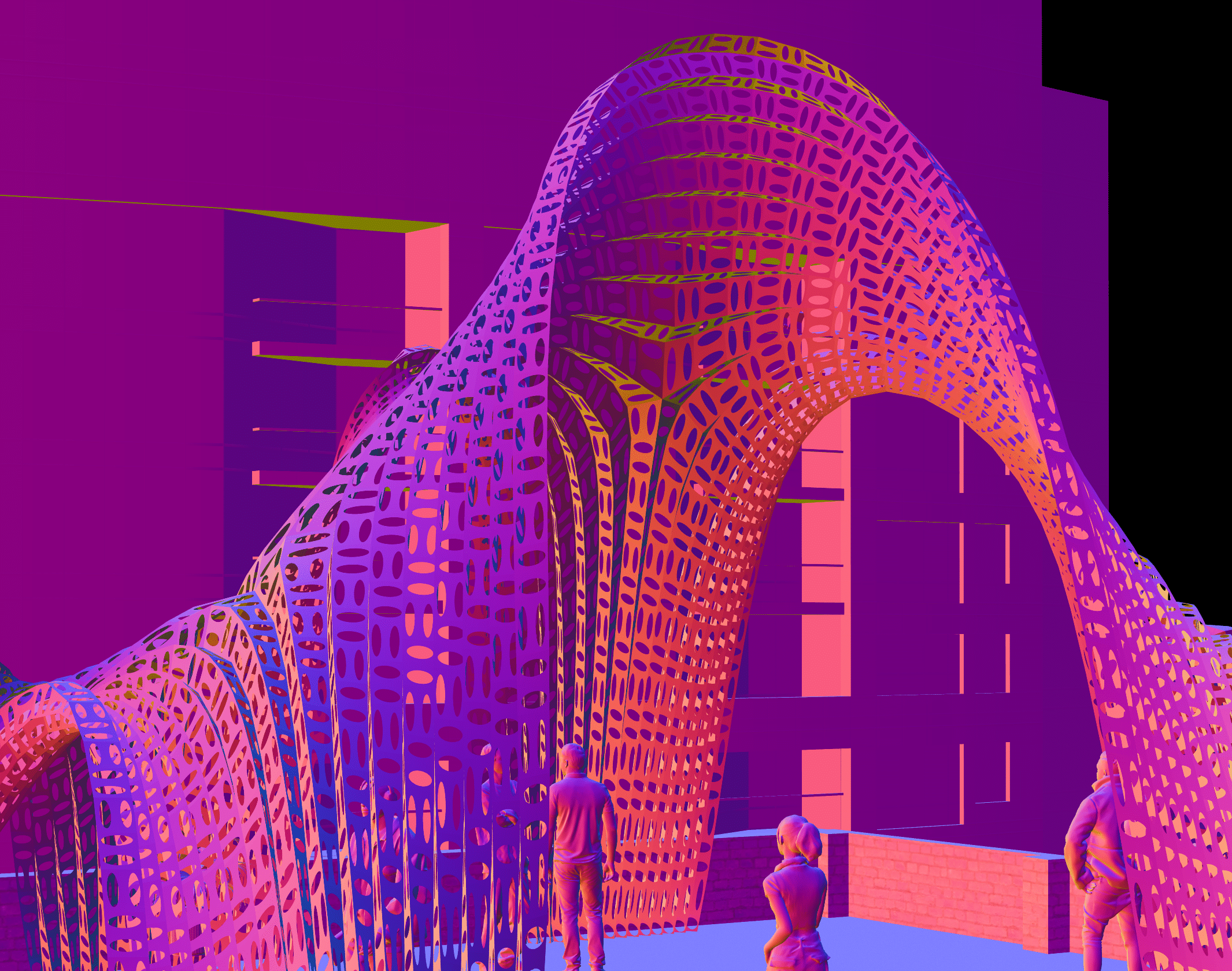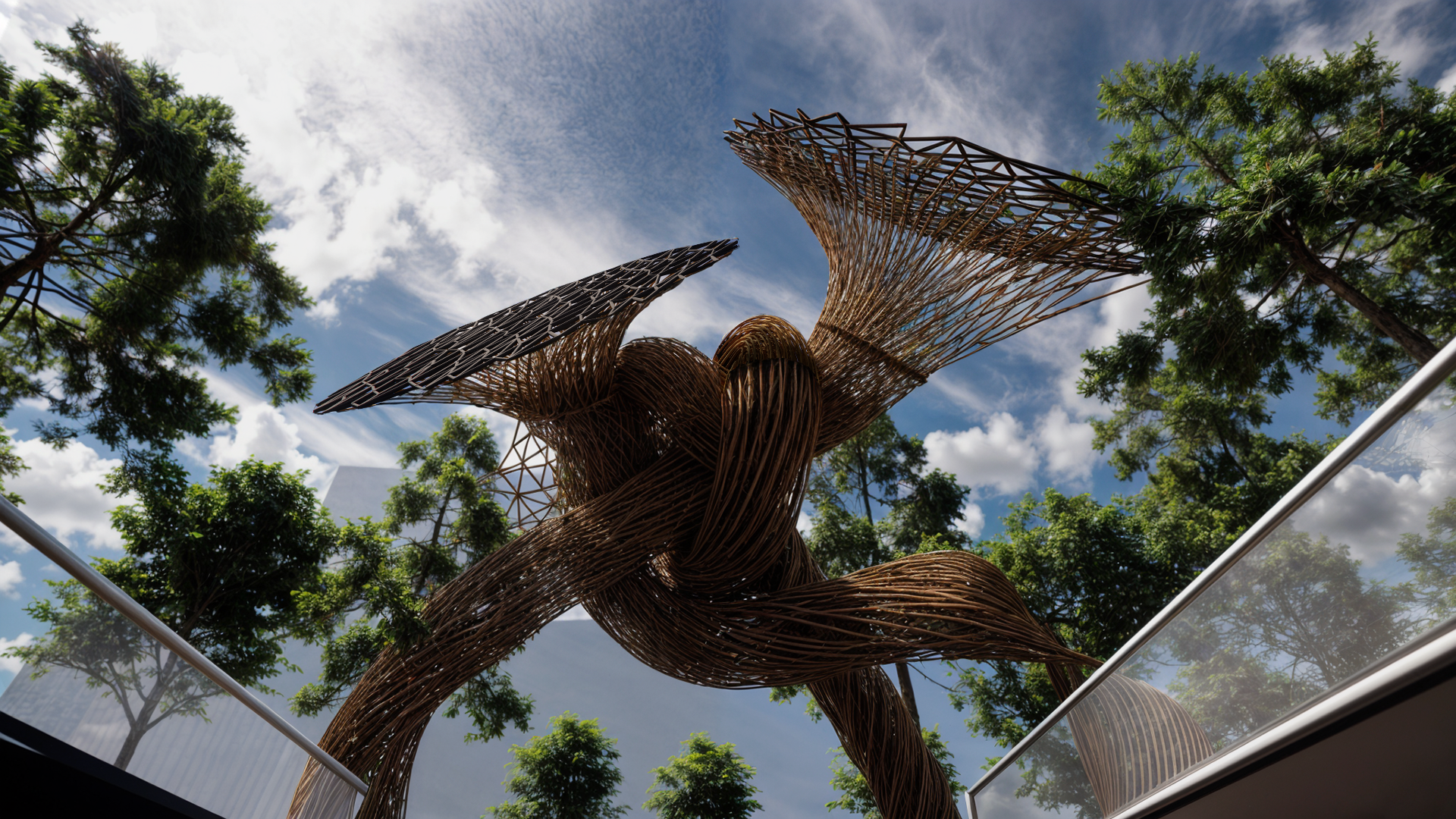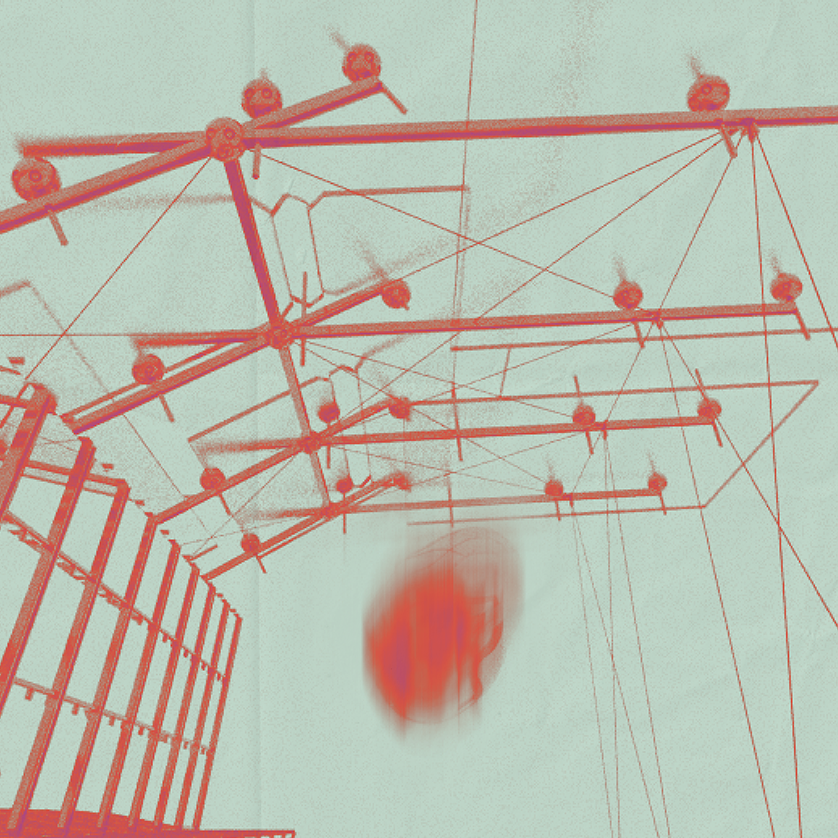In computer science, algorithms are habitually defined as fixed and often finite procedures of step-by-step instructions understood to produce something other than themselves. These logic structures interface with data, sourced from any computable phenomena, becoming the basis for a new array of design strategies. The Computational Design Seminar focuses on emergent design strategies based on algorithmic design logics. From the physical spaces of our built environment to the networked spaces of digital culture, algorithmic and computational strategies are reshaping not only design strategies, but the entire perception of Architecture and its boundaries.
Syllabus
In computer science, algorithms are habitually defined as fixed and open finite procedures of step-by-step instructions understood to produce something other than themselves. Structures of logics interfacing with Data, sourced from any computable phenomena. In this course, we will focus on emergent design strategies based on algorithmic design logics. From the physical spaces of our built environment to the networked spaces of digital culture, algorithmic and computational strategies are reshaping not only design strategies but the entire perception of Architecture and its boundaries.
In this course we will focus on understanding logics and computational design workflows that can lead to advanced algorithmic thinking. This course aims to solidify the ground of the basics of grasshopper while amplifying already existing concepts into more advanced notions that can be put into practice.
Main tools of the course will be McNeel’s Rhinoceros v8 and Grasshopper3d. As a complementary tool for Rhino we’ll focus on the associative design platform of Grasshopper3d, a graphical algorithm editor rightly integrated with Rhino’s 3D modelling tools. Moreover, during the course we will adopt various plugins implementing Grasshopper’s features and its capabilities, in order to achieve full control of complex design strategies.
In the realm of computational design and parametric architecture, Term 1 is structured with a strong emphasis on the following key objectives:
- Decoding Existing Projects and Workflow Analysis: The primary focus is on dissecting and reverse engineering existing architectural projects. This process allows students to gain profound insights into the intricate procedural workflows that underlie these designs.
- Harnessing Parametric Design Principles: Students will actively apply parametric design principles to create their unique design workflows and visual representations. This entails the utilisation of algorithms and parameters to craft innovative architectural solutions.
- Mastery of Advanced Parametric Design: The curriculum delves deep into the realm of advanced parametric design techniques. Students will develop a comprehensive understanding of digital tectonics and are encouraged to cultivate their distinctive styles and design methodologies within the domain of data-driven design.
- Exploration of Real-World Scenarios: Students will be actively engaged in exploring practical scenarios where they can effectively employ the principles of data-driven design and emerging computational techniques. This exploration empowers them to transform abstract conceptualizations into tangible, comprehensible architectural manifestations.
- Fostering Versatility: The ultimate objective is to nurture a profound comprehension of data-driven design that can be flexibly applied across a diverse array of architectural contexts, enabling students to achieve specific design goals effectively.
In summary, Term 1 in the context of computational design and parametric architecture revolves around reverse engineering existing projects, the application of advanced parametric design principles, practical exploration, and, ultimately, cultivating a versatile understanding of data-driven design to craft diverse architectural systems.
Learning Objectives
At course completion the student will:
- Understand fundamental concepts of computational design;
- Learn how to create strategies to build algorithms;
- Have knowledge of basic concepts of generative design;
- Be capable of generating parameterized processes;
- Apply data driven design logics;
- Learn how to create dynamic modelling;
- Obtain a deeper knowledge of algorithmic design concepts and parametrisation of geometry;
- Obtain a deeper knowledge of data management in grasshopper;
- Learn in deep about the parameterisation of complex geometries;
- Learn about the most recent workflows for complex modelling;
- Understand the notions and practical use of optimization algorithms.
Faculty
Faculty Assistants
Projects from this course
Fractal 25
Located in Poblenou, this student housing project comprises 25 modular units organized through solar optimization. Using Galapagos, the massing evolved through iterative simulations based on incident radiation, calibrating orientation and spacing to maximize winter sunlight while mitigating summer heat gain. The result is a compact, climate-responsive structure where environmental logic shapes architectural form—balancing solar access, … Read more
RESPIRA
This project explores the climatic optimization of modular student housing units located in Barcelona, each with dimensions of 5m x 4m x 7.5m. The focus is on developing comfortable, energy-efficient living spaces by strategically analyzing and refining the positioning of openings, enabling effective cross ventilation, and incorporating humidity-absorbing esparto material as part of the building … Read more
LUMA – Sun Shade Panels
The dynamic panel system is designed to optimize indoor comfort and energy efficiency by responding intelligently to solar conditions throughout the day and year. References Concept Barcelona experiences intense summer heat, with prolonged sun exposure in narrow urban lanes. These linear streets, flanked by mid-rise buildings, naturally funnel airflow and create predictable sun paths. Our … Read more
Core Stone Placement Optimization
SecondMatter project’s core structure optimization SecondMatter is a material-driven design project that explores how construction and demolition waste can be repurposed into structural and non-structural building elements using digital tools and jamming/ramming fabrication techniques. The project optimizes the placement of fragmented stone geometries within a defined volume through Grasshopper Galapagos. The goal of this process … Read more
EcoTessara
MANIFESTO In the tightly packed neighborhood of To Kwa Wan, space is limited and buildings are pressed close together, making it tough to design high-rises that feel light, breezy, and livable.This project uses generative design tools like Grasshopper and Wallacei to explore better ways of shaping a new tower near Kwun Shan Court.The goal is … Read more
H/Rooftop?
Kangaroo Inflation / Reciprocal Framework Referential Work / Component and Parameters Form Finding Render / Immersion Animation / Process
Computational Design Seminar: Triangulated Tectonics
“Triangulated Tectonics” is a parametric pavilion designed for the rooftop of the Institute for Advanced Architecture of Catalonia (IAAC), leveraging computational design techniques. Developed using Grasshopper and Kangaroo Physics, the structure is composed of a triangular modular system, optimizing both material efficiency and structural stability. The tensegrity-inspired framework integrates dynamic relaxation and form-finding algorithms, enabling … Read more
922
922 provides shade and a relaxing space for students in response to the sunny rooftop environment. The design process involved experimenting with different shapes and structures using parametric modeling, ensuring stability while keeping the form visually interesting. The pavilion was developed through several design iterations, considering factors like load distribution and connection points. The final … Read more
Luzarca
A Fluid Dialogue Between Light, Space, and Movement. Luzarca is a lightweight architectural pavilion that merges computational design, structural efficiency, and urban interaction. Its undulating mesh canopy creates a dynamic play of light and shadow, shifting throughout the day. Designed for modularity, it is easily assembled, disassembled, and relocated, emphasizing sustainability. The pavilion fosters movement … Read more
CORALS
This project is a journey into the fusion of digital design, biomimetic structures, and fabrication logic. Inspired by natural patterns and organic growth, the pavilion emerges as a seamless blend of computational precision and artistic expression. Concept Development – Finding Inspiration The initial spark for this pavilion came from observing organic growth patterns found in … Read more
FoldHaus
The FoldHaus showcases the elegance of folding . Its dynamic pleated surfaces create a rhythmic play of light and shadow . The lightweight yet sturdy design allows for adaptability in various environments. The pavilion’s modular design enables flexibility, making it ideal for exhibitions, public spaces SITE CONCEPT CASE STUDY PSEUDO-CODE CATALOGUE OF ITERATIONS FABRICATION & … Read more
The Knot
Site : Plaça Universitat Bamboo is often misunderstood as an invasive species, associated with uncontrolled growth and ecological harm. However, this perception overlooks its incredible versatility, sustainability, and capacity to regenerate without depleting resources. Our project challenges this narrative, reimagining bamboo not as a problem but as a solution—a material that embodies resilience and potential. … Read more
From reality to illusion
This pavilion explores the intersection of physical and virtual architectural experiences, offering a dual-purpose spatial design. In the real world, the pavilion functions as a serene space for relaxation, social interaction, and connection. However, upon entering the virtual realm through VR, the pavilion transforms dynamically, unveiling its digital counterpart. The layer system within the pavilion … Read more

